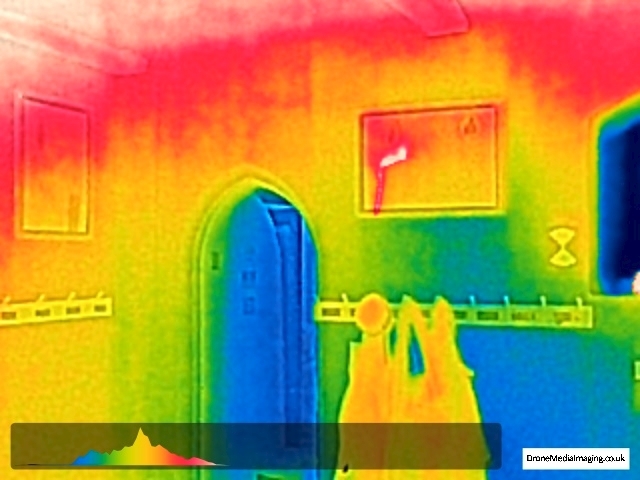
Enhancing Heating Performance And Preserving Heritage: The Benefits Of Thermal Imaging In Grade 1 & 2 Listed Buildings
Grade 1 listed buildings, cherished for their historical and architectural significance, often pose unique challenges when it comes to maintaining comfortable indoor environments while preserving their heritage. Achieving optimal heating performance and managing air pressures in these venerable structures requires careful consideration and innovative approaches.
One such technique that has proven invaluable is thermal imaging, a powerful tool that enables efficient analysis of a building’s thermal characteristics. Using Drone Media Imaging as certified thermographers, you can explore the benefits of using thermal imaging in grade 1 listed buildings and delve into the key factors impacting elements that affect heating performance and air pressure movements.
Understanding Old Building Heating Performance and Air Pressures
Grade 1 listed buildings often possess unique architectural features such as ornate windows, vaulted ceilings, stained glass windows, historic masonry, and traditional romanesque and gothic styled construction materials. While these elements contribute to their charm, they can also present challenges for maintaining comfortable indoor temperatures.
Factors affecting heating performance in such structures include inadequate insulation, air leakage, heat loss through windows, and inefficient heating systems. Moreover, the preservation of historical features may limit the implementation of modern heating technologies, necessitating a delicate balance between functionality and heritage preservation.
Air pressure effects in thermography - The Role of Thermal Imaging
Thermal imaging, also known as thermography, has emerged as a powerful tool for analysing the thermal characteristics of buildings. It involves using specialised cameras to capture infrared images, known as thermograms, which represent variations in surface temperature. By employing thermography, grade 1 and 2 listed property owners and professionals gain valuable insights into heat distribution, aire movement, insulation effectiveness, and areas of energy loss.
Benefits of Thermal Imaging in Grade 1 Listed Buildings
Enhanced Energy Efficiency: Thermal imaging allows for the precise identification of thermal anomalies, enabling targeted improvements to insulation, draught-proofing, and sealing. By addressing these issues, energy efficiency can be significantly improved, resulting in reduced energy consumption and lower utility bills. Preservation of Historical Features: Traditional heating retrofitting methods may compromise the original character and aesthetics of grade 1 and 2 listed buildings. Thermal imaging helps identify areas prone to heat loss without the need for invasive procedures, preserving the building’s integrity and heritage. Early Detection of Moisture Intrusion: Moisture infiltration can cause damage to historical structures, leading to deterioration, damp and mold growth. Thermal imaging can detect hidden moisture, allowing for timely intervention and prevention of long-term structural issues. Enhanced Comfort and Indoor Air Quality: By identifying areas of heat loss, thermal imaging facilitates the implementation of targeted heating solutions, ensuring consistent indoor temperatures and improved comfort. It also assists in identifying air leakage points, enabling better air pressure management and the reduction of drafts, which can enhance indoor air quality.
Learn More...[ ]
https://www.dronemediaimaging.co.uk/thermal-imaging-in-grade-1-and-2-listed-buildings/
Comments